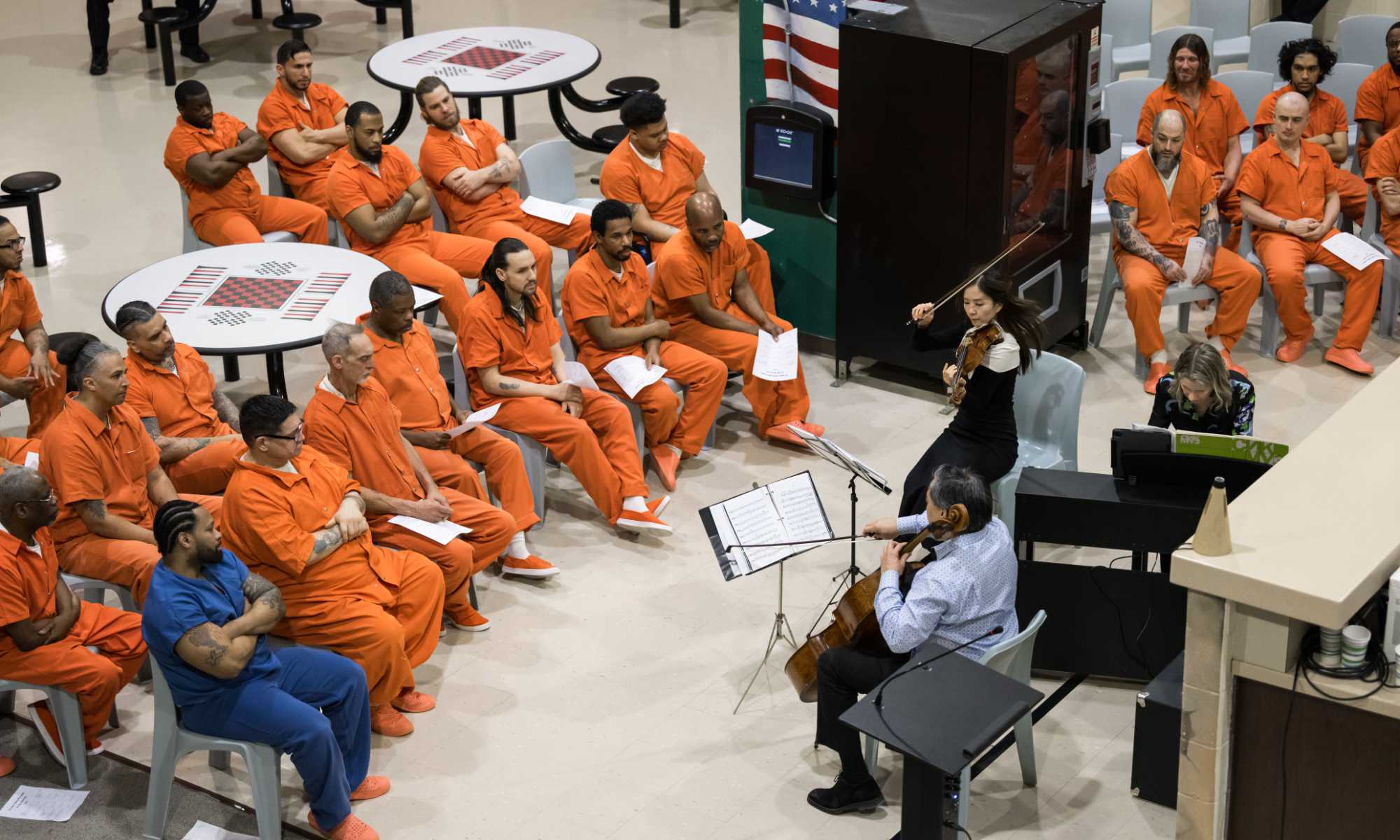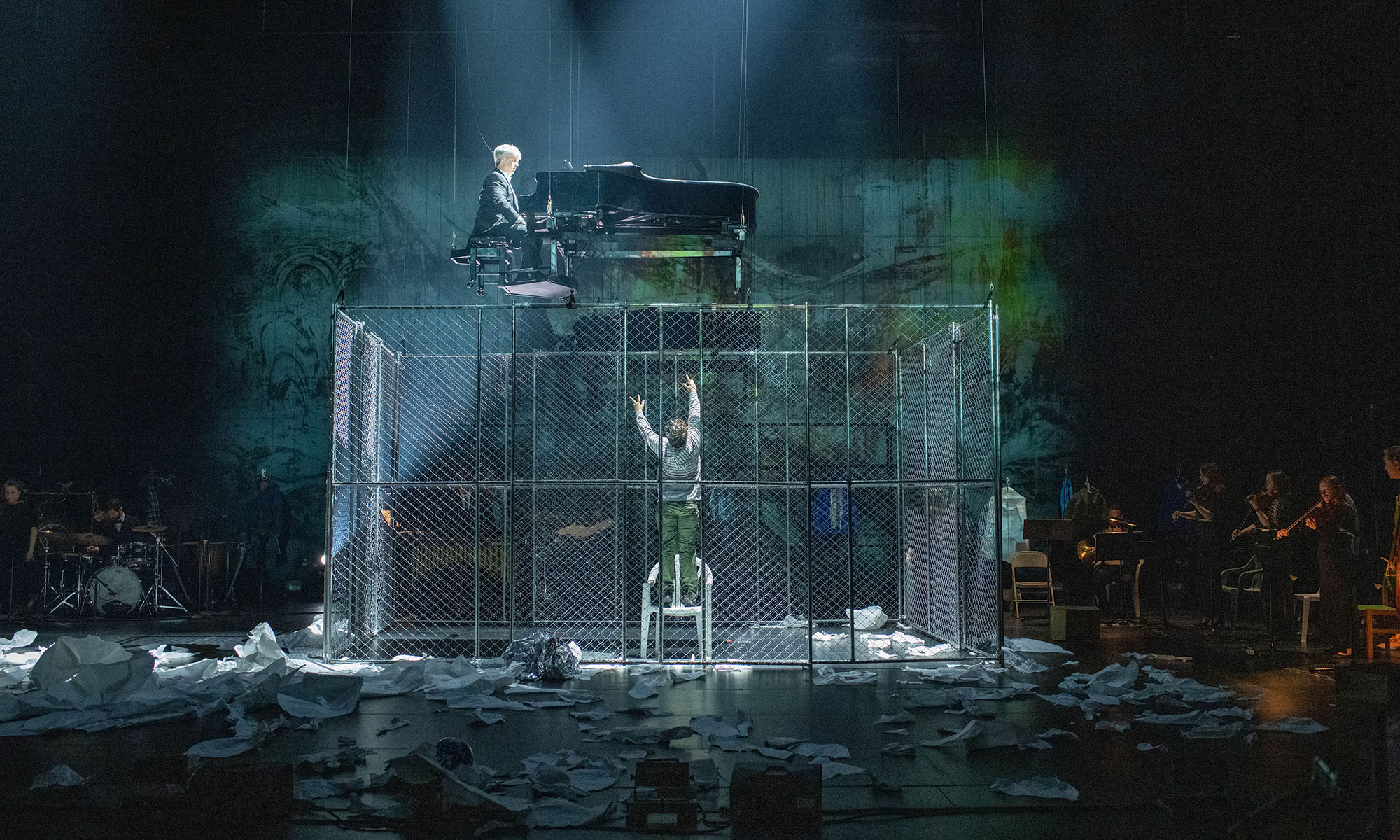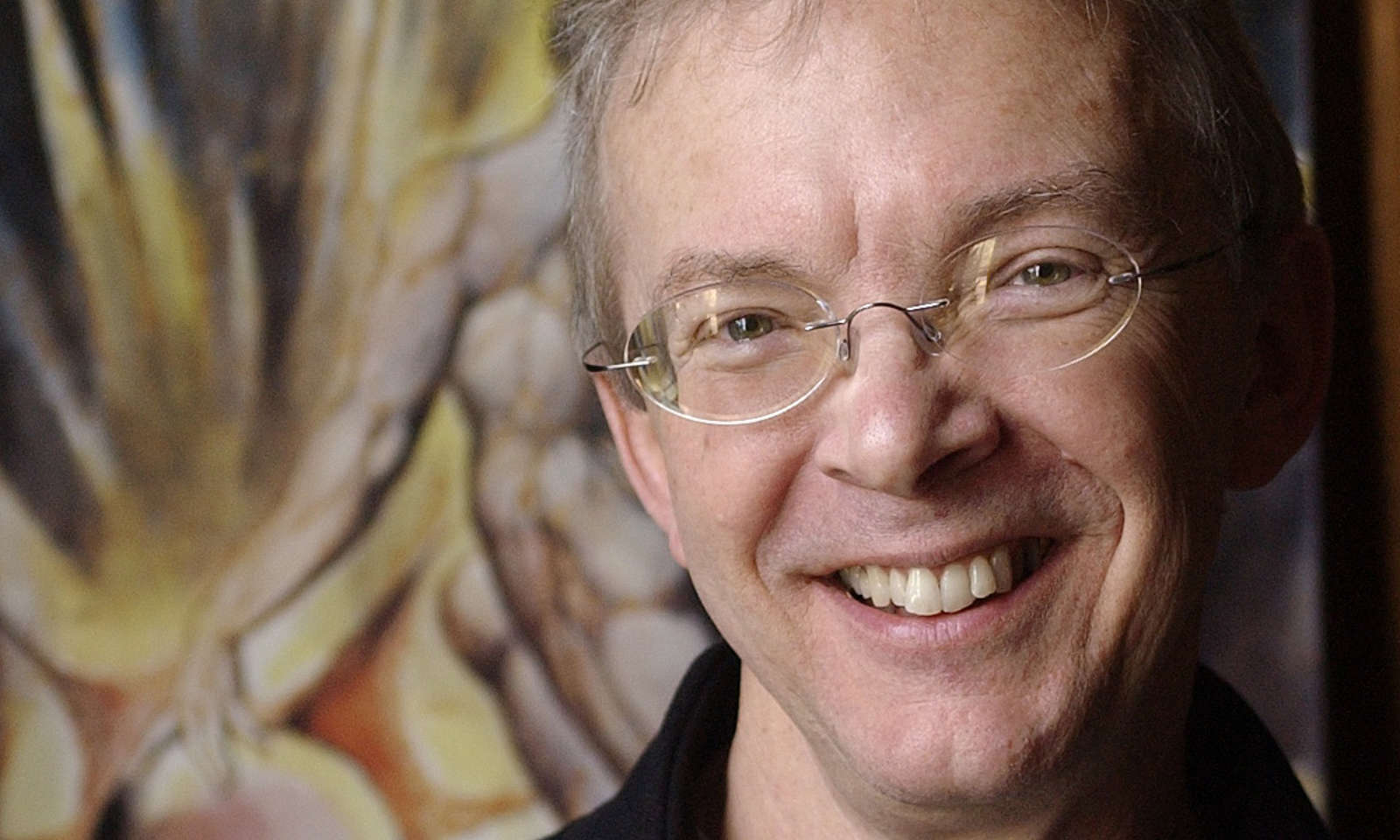Kishan Pandya demonstrates the art of jaltarang, an Indian musical form using ceramic or metal bowls tuned with varying volumes of water.
Since 2015, the Memorial Art Gallery has celebrated the private hobbies and creative lives of Rochesterians as part of a series called “Hidden Passions: Inspiring Conversations about Hyphenated Lives.” The program includes presenters from throughout Greater Rochester—including University faculty, staff, and students—who share their stories and ideas about creativity with the community.
Kishan Pandya, a professor emeritus of medicine at the University of Rochester, will kick off the program’s fourth season with a discussion about his passion for the jaltarang—as well as a brief performance— at 7 p.m. Friday, October 6, at the Memorial Art Gallery. Read more about Pandya’s passion below. He’ll be joined by Brian Bailey ’09W (PhD), a businessman and music promoter. Entry is $7.50 and includes museum admission.
 Kishan Pandya remembers when, as a 12-year-old growing up in India, he discovered the jaltarang while attending an after-school program . “I was fascinated,” he recalls.
Kishan Pandya remembers when, as a 12-year-old growing up in India, he discovered the jaltarang while attending an after-school program . “I was fascinated,” he recalls.
A musical instrument, the jaltarang consists of a set of porcelain bowls, that are “tuned” by reducing or adding water. The musician strikes the bowls with bamboo sticks to create a distinct percussive sound—a ringing, ushered in by a plunk, like that of a xylophone. In Hindi, “jal” means water and “tarang” means wave.
Pandya grew up in a musical home. All seven of his older siblings played instruments or sang. He played the jaltarang for pleasure as he grew up, and while attending medical school at Baroda Medical College in Vadodara, India. With no formal training on the instrument, Pandya taught himself to play popular Bollywood songs, which he performed for friends and family, and occasionally with other musicians for social functions.
But he didn’t have much time for the jaltarang during his career in medicine. For 30 years, he says, he barely touched the instrument. Then, after retiring from clinical practice in 2009, he took it up again.
Shortly after he returned to the instrument, he connected with Eastman School of Music faculty John Beck, a professor emeritus of percussion, and Bill Cahn, an associate professor of percussion, and participated in the Percussion Rochester festival in 2011 with Rohan Krishnamurthy, a graduate student from the Eastman School of Music. They performed an “Indian” version of Dave Brubeck’s hit Take Five.
Since 2009 he has also extended his repertoire beyond Bollywood and into classical and jazz. During the 2014 Rochester Fringe Festival, he performed Antonio Vivaldi’s Concerto for Lute in D major (RV 93), and also the slow movement of the Winter concerto form the Four Seasons with Publick Musick—a Rochester-based period-instrument ensemble that presents historically informed performances of music from the 17th and 18th centuries and beyond.
And while he gets a lot of personal enjoyment from playing the jaltarang and trying new genres, he also shares his talent with his family, writing and recording a “ditty,” as he calls it, for each of his grandchildren for their birthdays.



